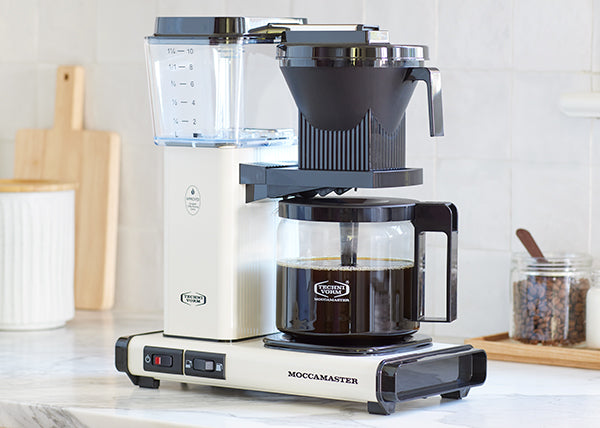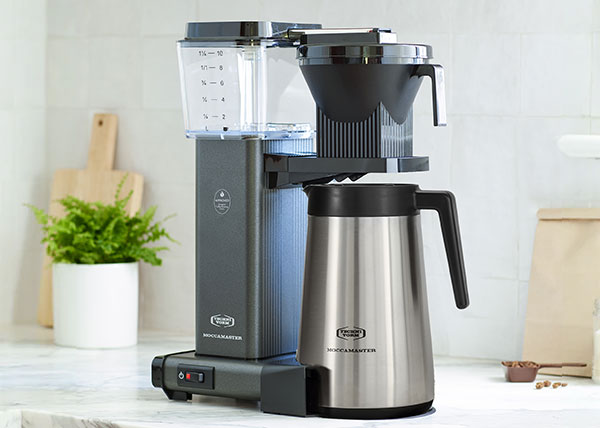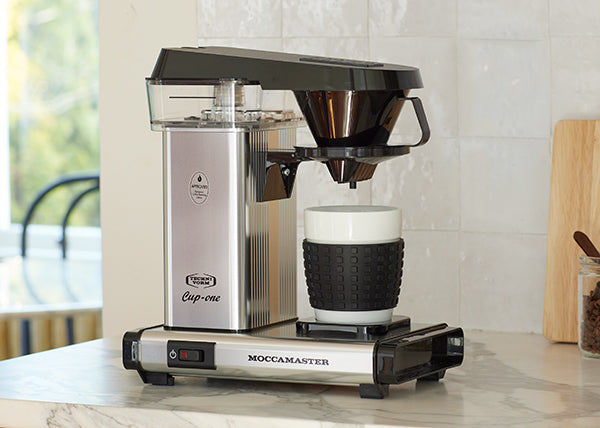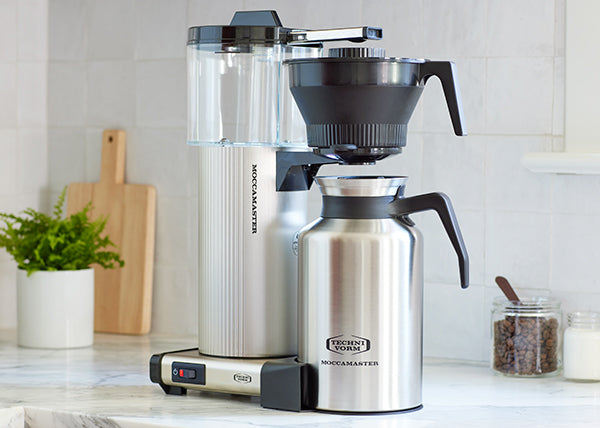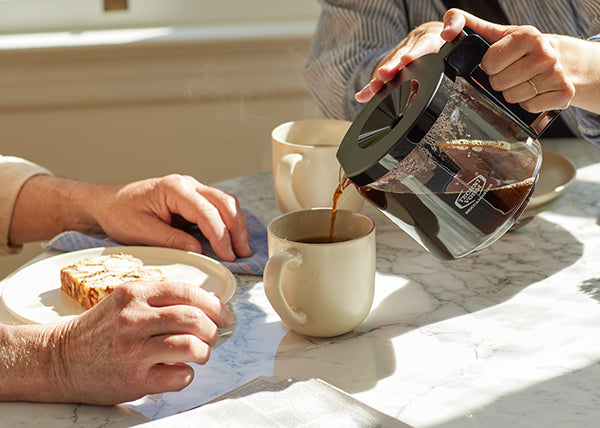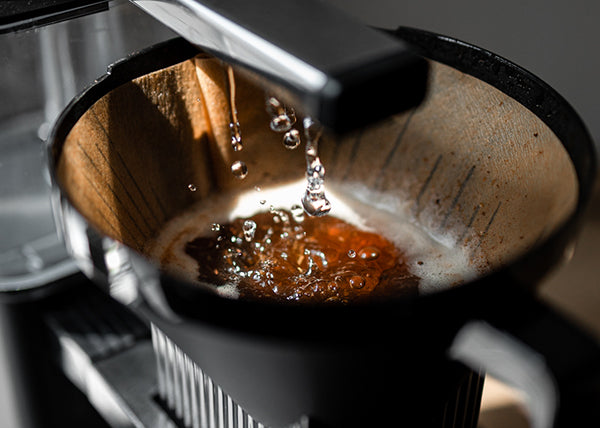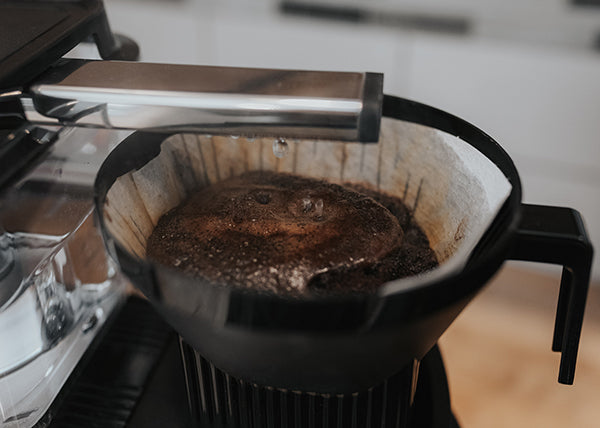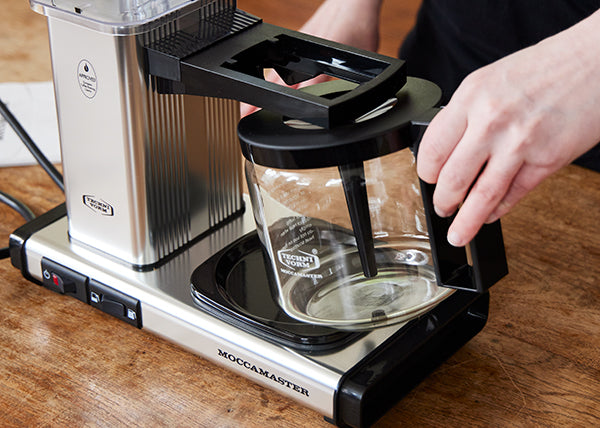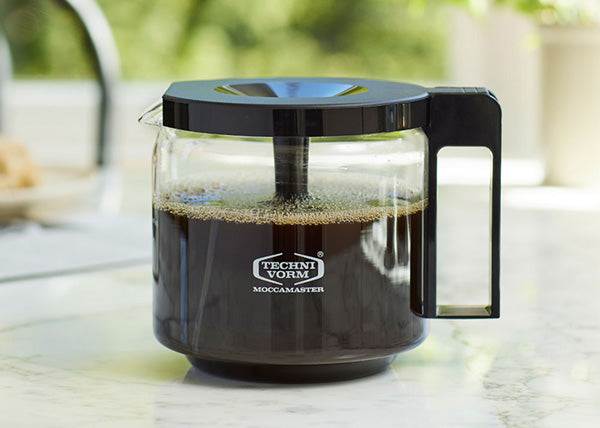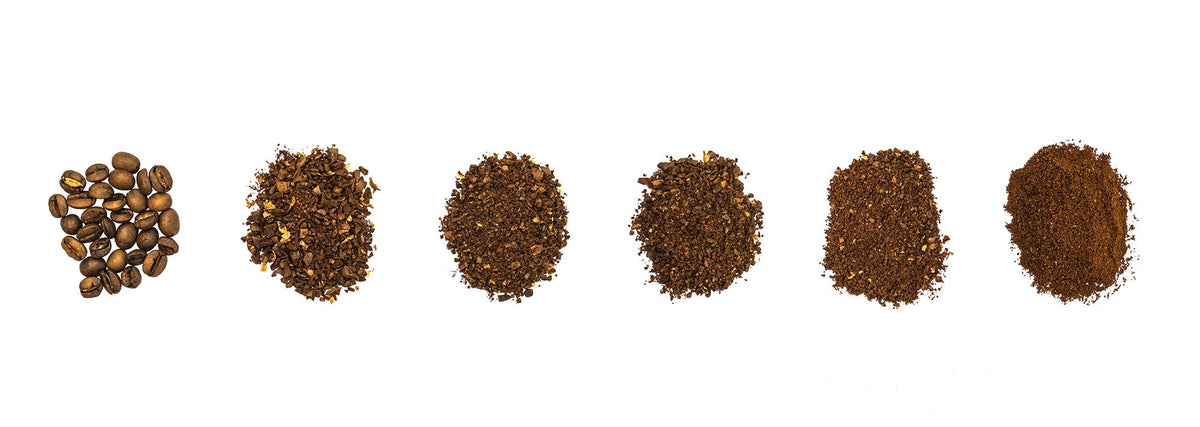When it comes to coffee brewing, how the beans are ground is just as important as the quality of the beans themselves. And when it comes to coffee grinders, there are two main types: burr grinders and blade grinders.
Blade Grinders
You’ve probably seen blade grinders before. They are common small kitchen appliances featuring rotating blades that chop coffee beans into grounds and a receptacle for the ground beans to fall into. Available at virtually any department store, blade grinders are generally less expensive than burr grinders.
However, they tend to produce inconsistent coffee grind sizes at any setting and can produce a significant amount of heat in the beans, which is detrimental to the flavor of the coffee. These issues are the result of the design of most blade grinders, which force the beans to bounce and fall back into the blades repeatedly, heating them up and grinding some of the beans more than others.
Technivorm addressed these common issues with their very first coffee product released in 1965 - the KM1 blade grinder. Featuring a unique aerodynamic design that allowed the beans to fall down and away from the blades through a screen into a catcher, the KM1 kept particle size consistent and reduced heat. The KM1 was also the first home grinder that used a fan to cool the beans as they fell.
Over the years, Technivorm released updated iterations of the KM1. Up through the KM4, all models retained the aerodynamic blade design of the KM1.
Burr Grinders
Burrs are the sharp, serrated edges that grind coffee beans into a uniform size by crushing the beans between two revolving, abrasive surfaces. The distance between the burrs can be adjusted, allowing for a more precise control over the grind size. Burr grinders also tend to be quieter than blade grinders, and do not heat the beans as much, if at all, like a blade grinder can.
Types of Burr Grinders
Conical Burr Grinder
Conical burr grinders have a cone-shaped ring inside another hollow cone-shaped ring that directs the beans downward, with one burr rotating inside the other. Of the two types of burr grinders, conical burr grinders are generally less expensive and less consistent in grind size.
Flat Burr Grinder
Flat burrs, such as the burrs in the Moccamaster KM5 coffee grinder, have two parallel surfaces that move closer or further apart as you adjust the grind setting. Flat burrs typically produce a more consistent particle size than conical burrs, resulting in a more even extraction when brewing. Flat burrs also generate less heat than conical burrs, preserving the coffee's flavor and aroma.
Which is Better: Blade or Burr?
Burr grinders are generally considered to be superior to blade grinders due to their ability to produce a more consistent grind with greater precision in grind size. Burr grinders also ensure a cooler bean, so that the flavor is not impacted.
For the ultimate burr grinder experience, a flat burr grinder, such as the Moccamaster KM5 Burr Grinder, will achieve the best results. The powerful direct-drive motor of the KM5 grinds coffee quickly and efficiently, without heating the beans. With 50mm flat steel burrs and a stepless grind size adjustment knob, the ECBC-approved KM5 delivers a precise uniform grind at the exact size you need for a range of brewing methods.


